Ixora dwarf (Orange) | چھوٹے قد والی اگزورا
₨3,450.00 Original price was: ₨3,450.00.₨3,225.00Current price is: ₨3,225.00.
Bright orange flowers grow in clusters on a rounded compact shrub. Tropical plant with glossy, vivid green foliage.
Description for Ixora dwarf (Orange)
Ixora is a genus of flowering plants in the Rubiaceae family. It consists of tropical evergreen trees and shrubs and holds around 500 species.
Though native to the tropical and subtropical areas throughout the world, its center of diversity is in Tropical Asia.
It is commonly known as West Indian Jasmine.
The plants possess leathery leaves, ranging from 3 to 6 inches in length, and produce large clusters of tiny flowers in the summer. Members of Ixora prefer acidic soil, and are suitable choices for bonsai.
| Common name | Flower colours | Bloom time | Height | Difficulty |
|---|---|---|---|---|
| Jungle Geranium, Flame of the Woods, Jungle Flame, West Indian jasmine. rangan, kheme, ponna, chann tanea, techi, pan, santan, jarum-jarum. | Red,orange, yellow, pink, white | summer season | Spread at least 3 to 4 inches | Easy |
Planting and care
This is Indoor Plant.
| Sunlight | Soil | Water | Temperature | Fertilizer |
|---|---|---|---|---|
| Bright light, but avoid direct sunlight in summer. | The most important thing to remember when planting Ixora is that it must be planted in acidic soil because alkaline soil can result in yellow foliage. These acid-loving plants thrive in rich, moist, peat-based soil. | Ixora likes to be watered, but you shouldnt do it excessively. Keep soil continuously moist, but reduce watering in the winter. Very high humidity is preferred. | Above 60F is preferred even in winter. Avoid cold drafts if temperature drops lower | Feed in spring with slow-release pellets or weekly during growing season with liquid fertilizer. |
Caring for Ixora dwarf
- Water Ixora as needed to keep the soil evenly moist, but not muddy. Although the plant prefers moist soil, it may rot in excessively soggy soil. Water the shrub sparingly during the winter months.
Feed Ixora in early spring, using an acidic fertilizer formulated for Ixora, azalea and gardenias, which has a ratio such as 4-8-8, along with minor elements that are beneficial. Repeat in midsummer and autumn. Acidic fertilizer is especially important if the foliage takes on a yellowish cast, indicating a magnesium deficiency caused by improper soil pH.
Apply the fertilizer according to label specifications, then water deeply. In spring, remove the mulch along with the top crust of soil. Replace the removed mulch and soil with fresh mulch. Prune Ixora after blooming slows in late autumn or anytime the shrub looks untidy. Prune each shoot down to just one bud or prune the shrub as needed to create the size and shape desired.
Protect Ixora from aphids and scales. Aphids are tiny, green insects that congregate at joints of the leaves and stems or the undersides of the leaves. Scales are hard-shelled insects that give the foliage a waxy appearance. Regular application of an insecticidal soap spray or neem oil usually helps to control both pests.
Typical uses of Ixora dwarf
Special features: ixora flowers are commonly used in Hindu worship, as well as in ayurveda and Indian folk medicine.
Ornamental use: This is Indoor plant
Medicinal use: In the above mentioned chemical composition of santan, it has been identified that the plant contains important phytochemicals that are known to have antioxidative, antibacterial, gastroprotective, hepatoprotective, antidiarrhoeal, antinociceptive, antimutagenic, antineoplastic and chemopreventive effects. This analysis suggests the validity of the plants folkloric and erthnomedicinal uses.
References
Be the first to review “Ixora dwarf (Orange) | چھوٹے قد والی اگزورا” Cancel reply
You must be logged in to post a comment.
Only logged in customers who have purchased this product may write a review.
See some of our delivered orders by Clicking here
Applicable on Plants Only: As plants are diverse in appearance, the image is for reference. The plant delivered may vary in size. Price is according to the plant size delivered.
"For Plants Only " All our plants come in living room ready condition in a high quality plastic pot. See The PotRelated products
Palm Trees
Indoor Plants
Outdoor Plants
Indoor Plants
Outdoor Plants
Outdoor Plants

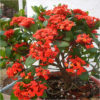


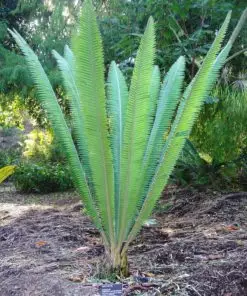
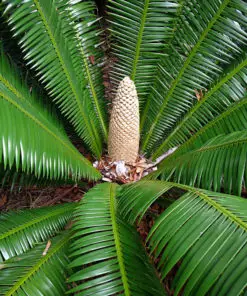
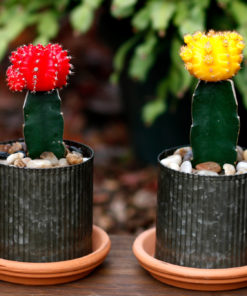
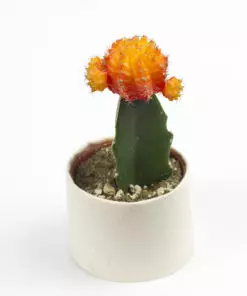
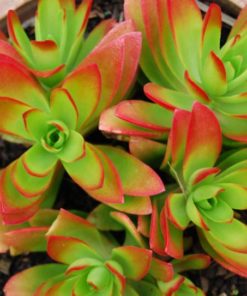
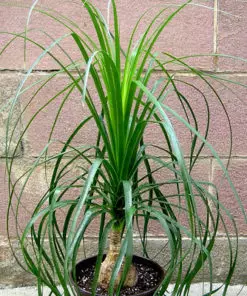
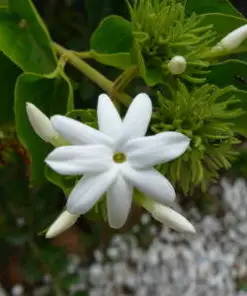
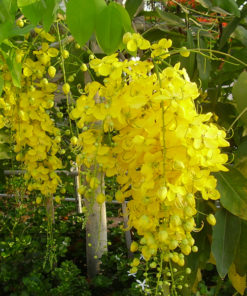
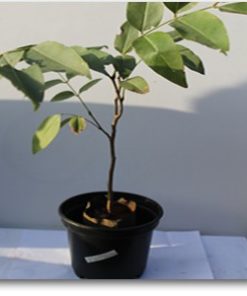
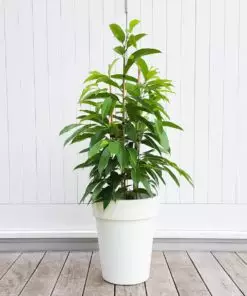
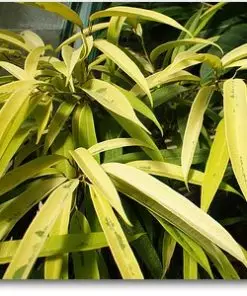
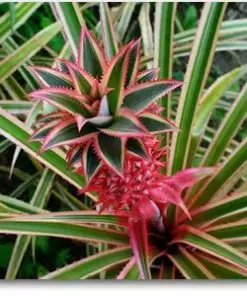
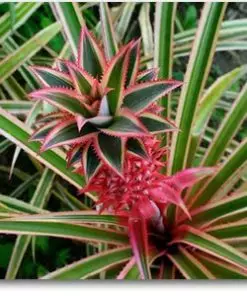
Reviews
There are no reviews yet.